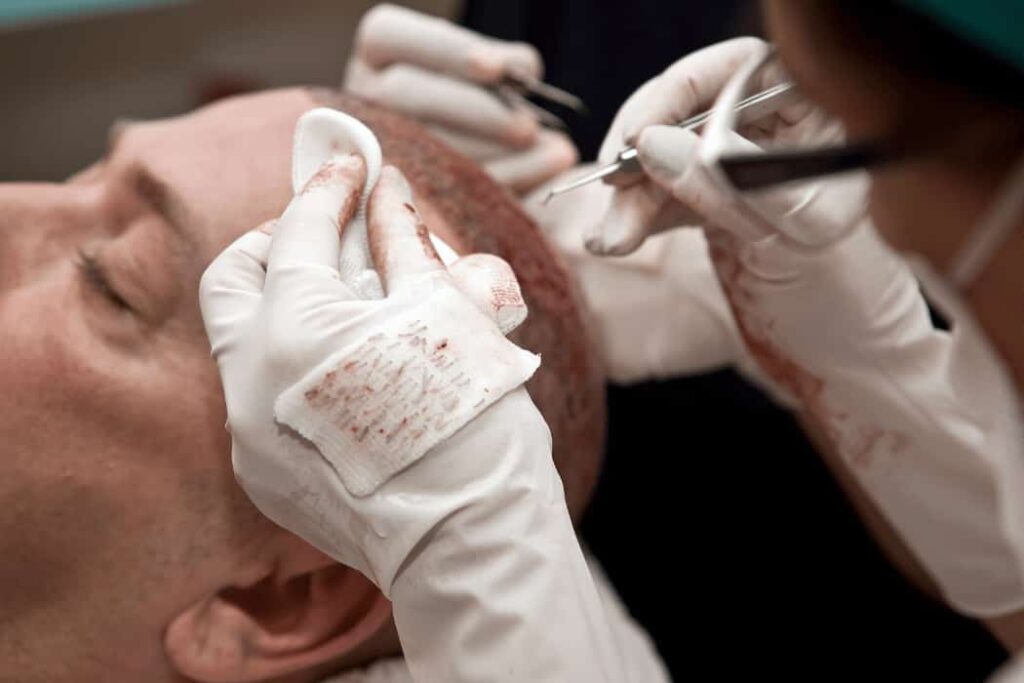Hair loss is a common concern for many people, and it can affect both men and women. While there are various treatments available for hair loss, one of the most effective solutions is a hair transplant. In this article, we will explore the hair transplant procedure, including what it involves, who is a good candidate, and what to expect during and after the surgery.

What is a Hair Transplant?
A hair transplant is a surgical procedure that involves moving hair follicles from one part of the body (the donor site) to a bald or balding part of the body (the recipient site). The most common type of hair transplant is called follicular unit transplantation (FUT) or strip surgery, where a strip of scalp is removed from the donor site and dissected into individual follicular units. These units are then implanted into the recipient site.
Who is a Good Candidate for a Hair Transplant?
Hair transplant surgery is typically recommended for individuals who have significant hair loss or balding, but still have enough donor hair to transplant. Good candidates for a hair transplant should be in good overall health and have realistic expectations about the results of the procedure.
The Hair Transplant Procedure
Consultation
Before undergoing a hair transplant, you will have a consultation with a surgeon. During this consultation, the surgeon will evaluate your hair loss and determine if you are a good candidate for the procedure. They will also discuss your goals and expectations for the surgery.
Preparing for the Surgery
Before the surgery, you may be advised to stop taking certain medications, such as blood thinners, that could increase the risk of bleeding during the procedure. You may also be instructed to wash your hair with a special shampoo to reduce the risk of infection.
The Surgery
The surgery is typically performed under local anesthesia. The surgeon will remove a strip of scalp from the donor site and close the incision with stitches. The strip of scalp is then dissected into individual follicular units, which are implanted into the recipient site using a needle or small blade.
Recovery
After the surgery, you may experience some discomfort, swelling, and bruising in the donor and recipient sites. You will need to take antibiotics to prevent infection and pain medication to manage any discomfort. It is important to follow your surgeon’s post-operative instructions carefully to ensure proper healing.
Results
The results of a hair transplant are not immediate and may take several months to become noticeable. However, once the transplanted hair begins to grow, it will continue to grow like normal hair. The final results of the surgery can be long-lasting, especially if proper care is taken to maintain the transplanted hair.
Conclusion
Hair transplant surgery is a safe and effective way to restore hair growth in individuals with hair loss or balding. By understanding the procedure and what to expect, you can make an informed decision about whether a hair transplant is right for you. If you are considering a hair transplant, be sure to consult with a qualified surgeon to discuss your options and determine if you are a good candidate for the procedure.


